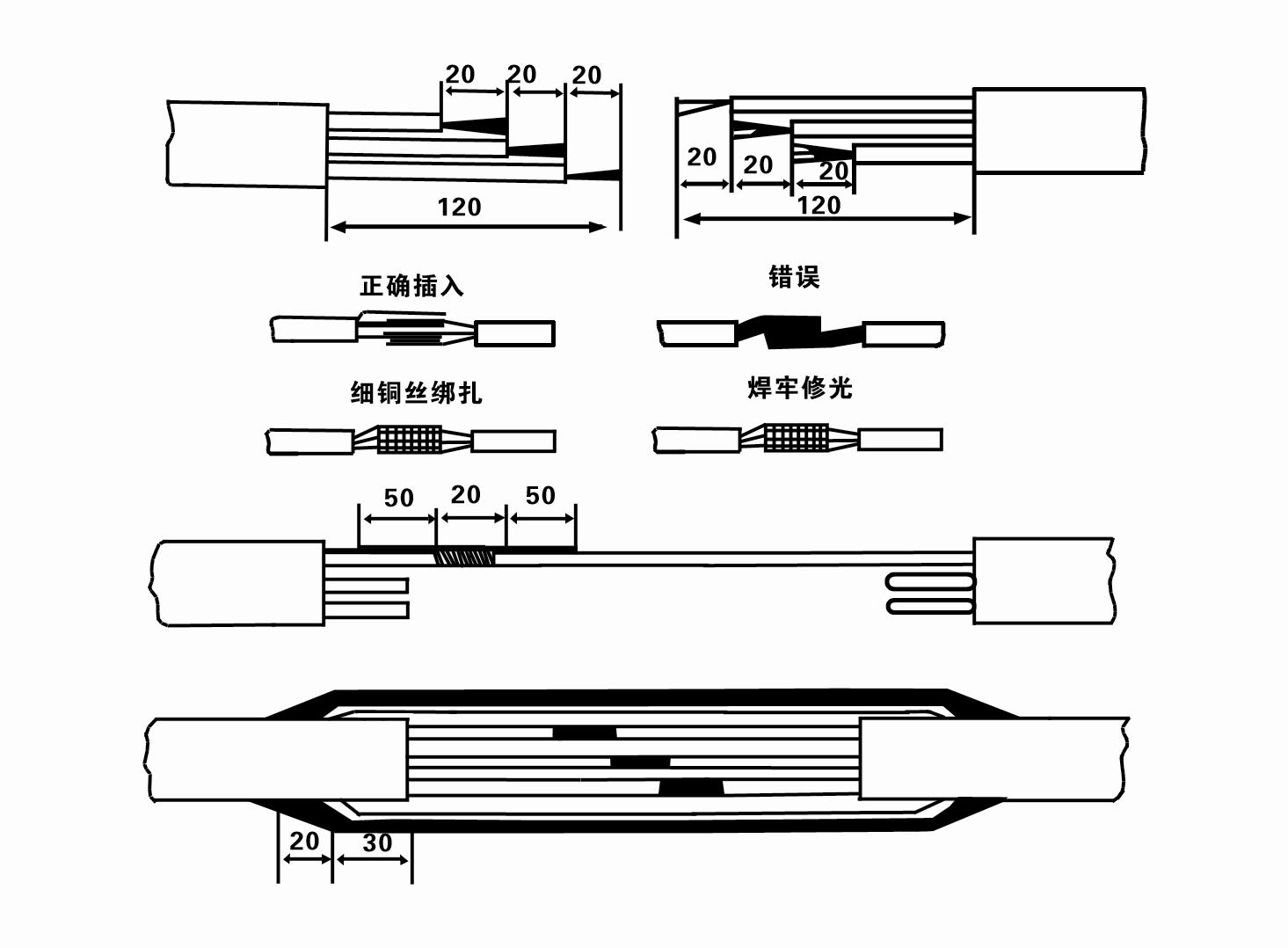Nov . 17, 2024 07:59 Back to list
water filled submersible pump
Water-Filled Submersible Pumps An In-Depth Look
Water-filled submersible pumps have become increasingly popular due to their ability to operate efficiently in various applications, ranging from residential drainage solutions to large industrial projects. Often employed in situations where conventional pumps may struggle, these pumps offer unique advantages, including enhanced cooling, increased reliability, and versatile utility.
What is a Water-Filled Submersible Pump?
A water-filled submersible pump is a type of pump designed to be submerged in water or other liquids for operation. Unlike traditional pumps that rely on external cooling systems to prevent overheating, water-filled submersible pumps utilize the surrounding fluid to cool the motor. This characteristic significantly increases their durability and allows them to function in submerged conditions for extended periods without overheating.
Key Features and Components
1. Construction and Design These pumps typically feature a robust construction that allows them to withstand harsh environments. They are usually made with corrosion-resistant materials, making them suitable for both freshwater and wastewater applications. The pump's design is compact, enabling it to fit into confined spaces.
2. Cooling System As mentioned, water-filled submersible pumps are cooled by the fluid they are submerged in. This built-in cooling system not only enhances the efficiency of the pump but also extends the motor's lifespan, making it a reliable choice for continuous operation.
3. Sealed Motor The motor in a water-filled submersible pump is hermetically sealed, which protects it from moisture and contaminants. This sealed design ensures that the pump can operate in environments where debris or other harmful substances might damage traditional motors.
4. Versatile Applications Water-filled submersible pumps are used in various sectors, including agriculture, construction, and municipal water management. They can efficiently transfer water, provide irrigation, and facilitate drainage in flooded areas.
Advantages of Water-Filled Submersible Pumps
- Energy Efficiency These pumps are designed to consume less power while delivering high performance. Their efficient operation contributes to lower energy costs and makes them an environmentally friendly option.
water filled submersible pump

- High Reliability The combination of built-in cooling and robust construction means that water-filled submersible pumps are less likely to fail compared to other pump types. This reliability is especially crucial for applications like sewage pumping, where failure can lead to significant operational downtime and costs.
- Ease of Maintenance Maintenance of water-filled submersible pumps is generally straightforward. Regular checks on seals and oil levels are often all that is needed to keep these pumps running smoothly. When maintenance is required, the design of the pumps allows for easy access to parts and components.
- Minimal Noise Pollution Many models of water-filled submersible pumps operate quietly, which is a significant advantage in residential or urban areas where noise might be a concern.
Considerations for Use
While water-filled submersible pumps offer numerous advantages, there are certain considerations to keep in mind before selecting one for your specific application
- Depth of Submersion Different pumps have varying maximum depths at which they can operate. It is essential to choose a pump that suits the depth of the water source or basin where it will be used.
- Fluid Characteristics The type of liquid being pumped will impact the choice of pump. For instance, if the water contains large debris or solids, a pump with a higher tolerance for solids may be required.
- Power Supply Ensure that you have access to an appropriate power supply for the pump. Many water-filled submersible pumps operate on standard voltage, while others may require specialized connections for higher power applications.
Conclusion
Water-filled submersible pumps are an efficient, reliable, and versatile solution for various pumping applications. Their self-cooling mechanisms and robust designs make them suitable for both residential and industrial use. By understanding their features, advantages, and considerations, users can make informed decisions regarding their pumping needs. As technology advances, the development of these pumps continues to improve, ensuring they remain a valuable tool in various fields. Whether for transient use in a small garden or a permanent solution in large-scale operations, water-filled submersible pumps are equipped to handle a myriad of challenges with ease.
-
Submersible Water Pump: The Efficient 'Power Pioneer' of the Underwater World
NewsJul.01,2025
-
Submersible Pond Pump: The Hidden Guardian of Water Landscape Ecology
NewsJul.01,2025
-
Stainless Well Pump: A Reliable and Durable Pumping Main Force
NewsJul.01,2025
-
Stainless Steel Submersible Pump: An Efficient and Versatile Tool for Underwater Operations
NewsJul.01,2025
-
Deep Well Submersible Pump: An Efficient 'Sucker' of Groundwater Sources
NewsJul.01,2025
-
Deep Water Well Pump: An Efficient 'Sucker' of Groundwater Sources
NewsJul.01,2025
-
 Submersible Water Pump: The Efficient 'Power Pioneer' of the Underwater WorldIn the field of hydraulic equipment, the Submersible Water Pump has become the core equipment for underwater operations and water resource transportation due to its unique design and excellent performance.Detail
Submersible Water Pump: The Efficient 'Power Pioneer' of the Underwater WorldIn the field of hydraulic equipment, the Submersible Water Pump has become the core equipment for underwater operations and water resource transportation due to its unique design and excellent performance.Detail -
 Submersible Pond Pump: The Hidden Guardian of Water Landscape EcologyIn courtyard landscapes, ecological ponds, and even small-scale water conservancy projects, there is a silent yet indispensable equipment - the Submersible Pond Pump.Detail
Submersible Pond Pump: The Hidden Guardian of Water Landscape EcologyIn courtyard landscapes, ecological ponds, and even small-scale water conservancy projects, there is a silent yet indispensable equipment - the Submersible Pond Pump.Detail -
 Stainless Well Pump: A Reliable and Durable Pumping Main ForceIn the field of water resource transportation, Stainless Well Pump has become the core equipment for various pumping scenarios with its excellent performance and reliable quality.Detail
Stainless Well Pump: A Reliable and Durable Pumping Main ForceIn the field of water resource transportation, Stainless Well Pump has become the core equipment for various pumping scenarios with its excellent performance and reliable quality.Detail
